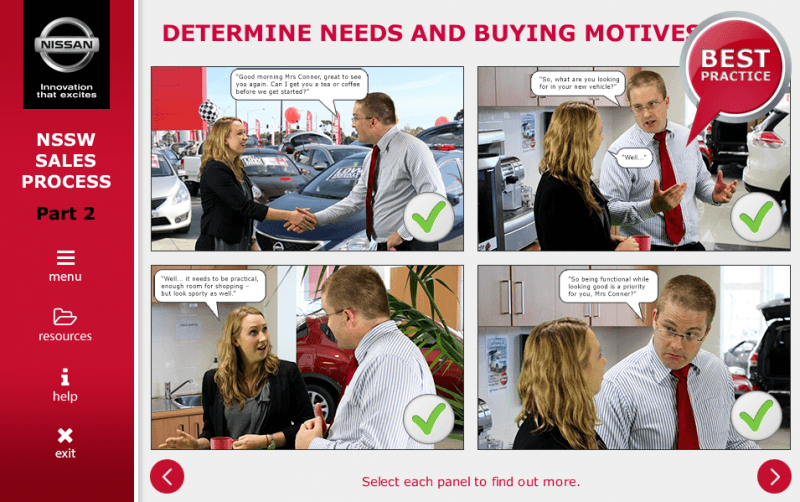July 28, 2015
Multiple Choice Questions In eLearning: What eLearning Professionals Should Know
Multiple choice is the most popular method of questioning, and it’s easy to see why. Rather than getting a 50/50 chance at choosing the right answer, as is the case with true or false questions, multiple choice involves a diverse range of variables that require insight, knowledge, and skill to answer correctly. In this article, I’ll delve into 4 best practices of developing multiple choice questions, and share 4 tips on how you can use them most effectively in your eLearning course.
by Christopher Pappas











